Bahá’í Temple of South America
A fantastical and futuristic temple of light built from nine monumental glass veils.
The mother temple for the Bahá’í faith in South America was opened in Santiago, Chile, in 2016. A temple of light open to all religions, it’s a stunningly beautiful combination of organic and futuristic design.
The Bahá’í faith was founded in Iran in 1863, making it one of the world’s youngest religions. It currently has around 6 million followers. In a refreshing break from squabbling religious norms, the Bahá’í faith accepts all religions as having true and valid origins. Unity is a central tenet of the faith: unity of all religions and of all humankind.
Bahá’í arrived in South America in 1919, introduced by Martha Root, a woman from Ohio who became one of the most prominent traveling teachers of the faith. Despite speaking no Spanish or Portuguese, Root spread the word as best she could in Brazil, Uruguay, Argentina, Chile, Peru, Panama, and Cuba.
Almost a century later, Santiago was chosen as the location for the new Bahá’í Temple of South America. The National Spiritual Assembly of the Bahá’ís of Chile announced a competition to select the final design. The winner was Siamak Hariri of Hariri Pontarini Architects in Toronto, Canada—and it’s easy to see why.
The temple looks as if an organic, bud-like alien spaceship landed on the hills above Santiago. Nine monumental glass veils form its exterior, each built to different specifications but forming a beautifully cohesive domed whole. Reflecting the faith’s principles of openness and unity, the veils come together while allowing light and air to flow freely into the interior, which can hold 600 visitors.
At sunset, the light inside the dome begins to shift from white to silver to ochre and then to purple, giving the exterior the appearance of a glowing flower bud slowly changing colors. And once night has fallen, you could easily be looking at something straight out of a sci-fi movie.
The Bahá’í Temple of South America took 14 years to build and required plenty of innovation. In order to capture the required kind of light, two new cladding materials were developed: translucent marble from Portugal for the interior, and cast-glass panels for the exterior. The building was also designed to withstand extreme earthquakes and wind, with the veils supported by concrete columns on seismic bearings.
Siamak Hariri won the 2017 Innovation in Architecture Award for his Bahá’í Temple design.
Know Before You Go
The temple is located on a hill on the eastern outskirts of Santiago. It’s free to enter. Services take place daily, with readings from the scriptures of all the world’s major religions.
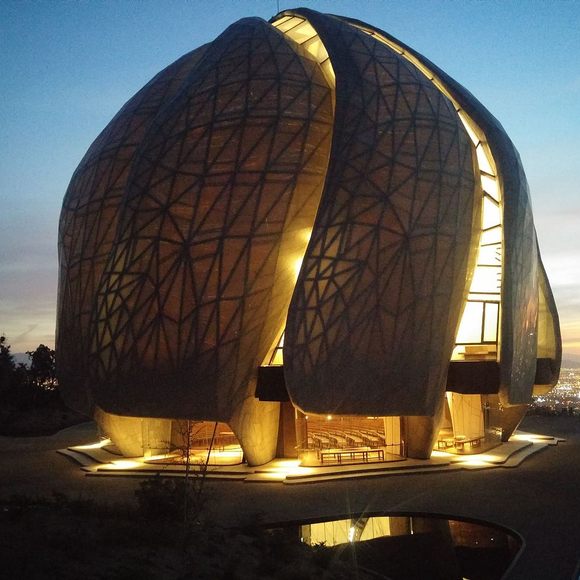

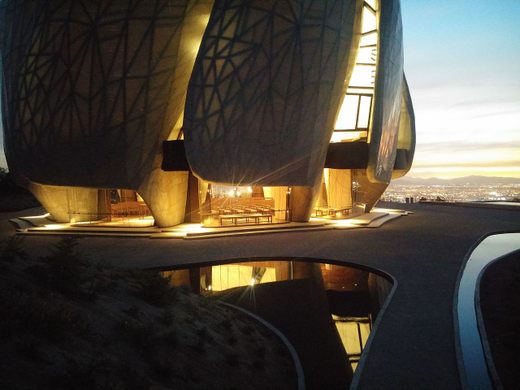
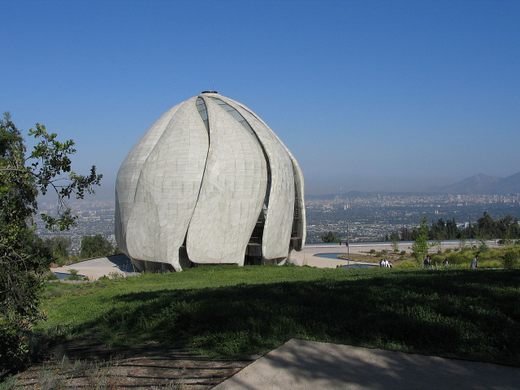
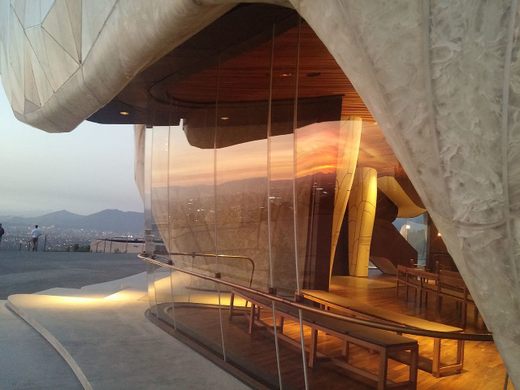

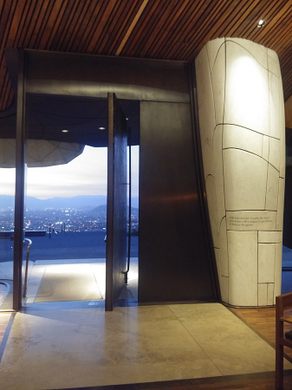

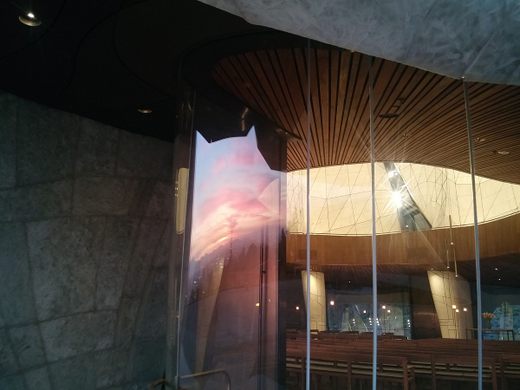
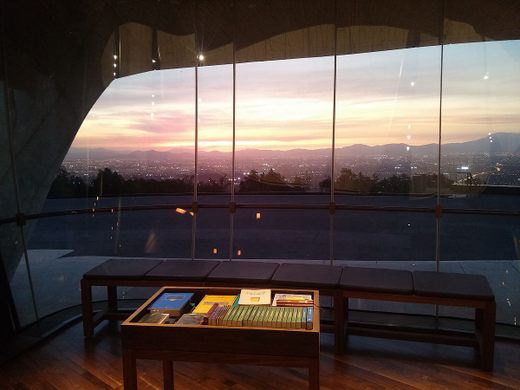





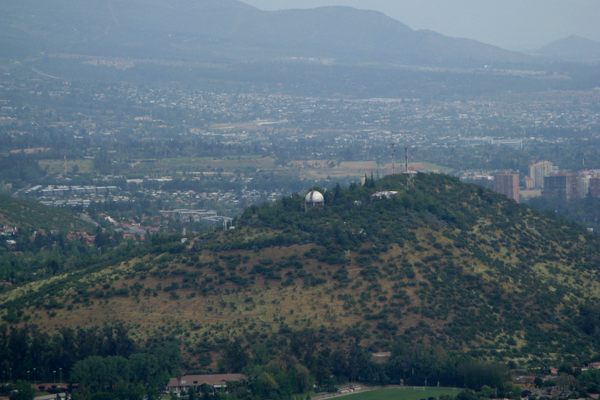
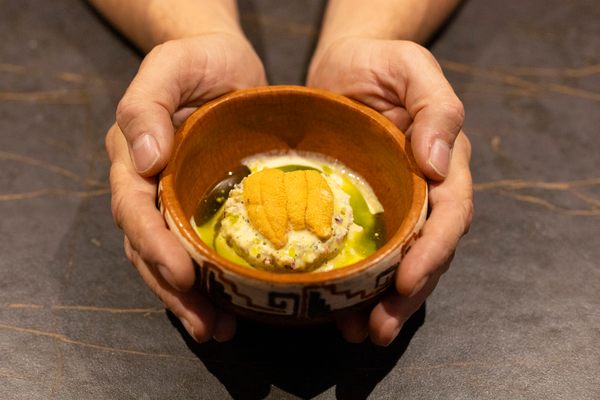



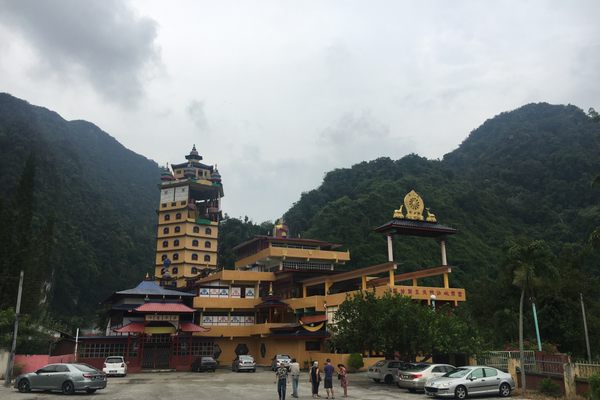



Follow us on Twitter to get the latest on the world's hidden wonders.
Like us on Facebook to get the latest on the world's hidden wonders.
Follow us on Twitter Like us on Facebook